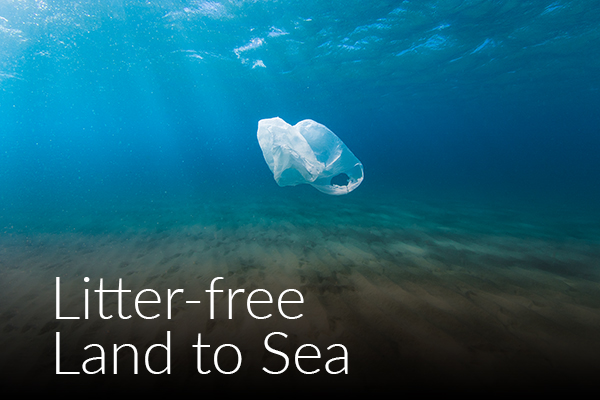Watersheds
The South Carolina Aquarium, in partnership with teachers, has created this online curriculum for teachers to use with their students in the classroom. Our Watersheds unit is geared toward 7thgrade teachers because the standards covered are heavily 7th grade science standards. All the activities contain background information, procedures, materials list, standards addressed, assessments, curriculum extensions and a resource list. We hope teachers will enjoy this resource!
If you are a teacher planning to participate in our Watersheds School Program, we recommend completing 3 activities before your program. Those activities include: What are Watersheds, Topography and Water Quality. The most important activity being What are Watersheds.
We have added at-home and virtual learning modifications to our recommended activities. Be sure to see how you can engage your students at-home and virtually with our activities!







